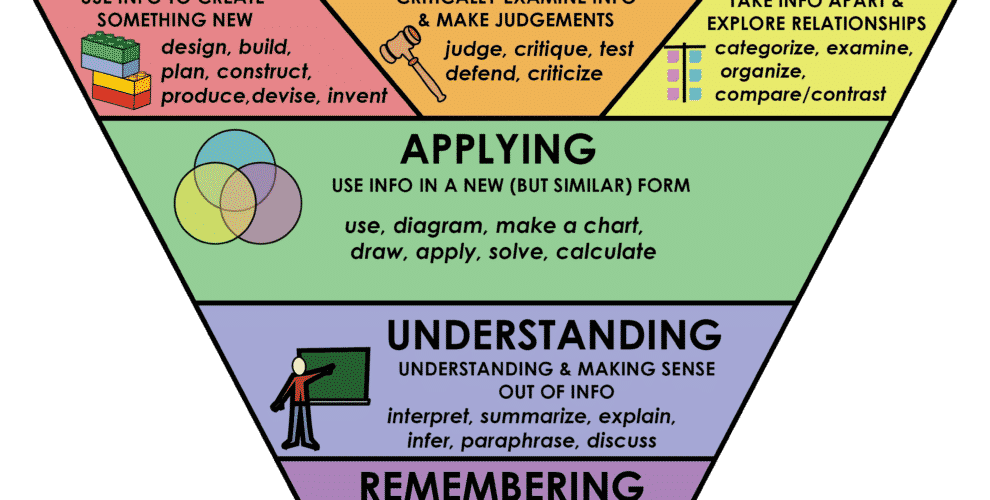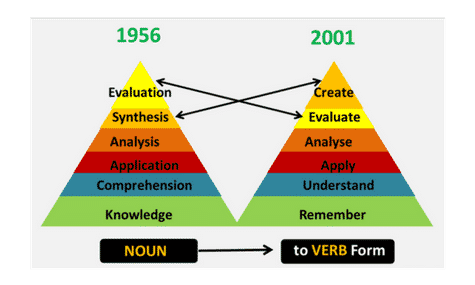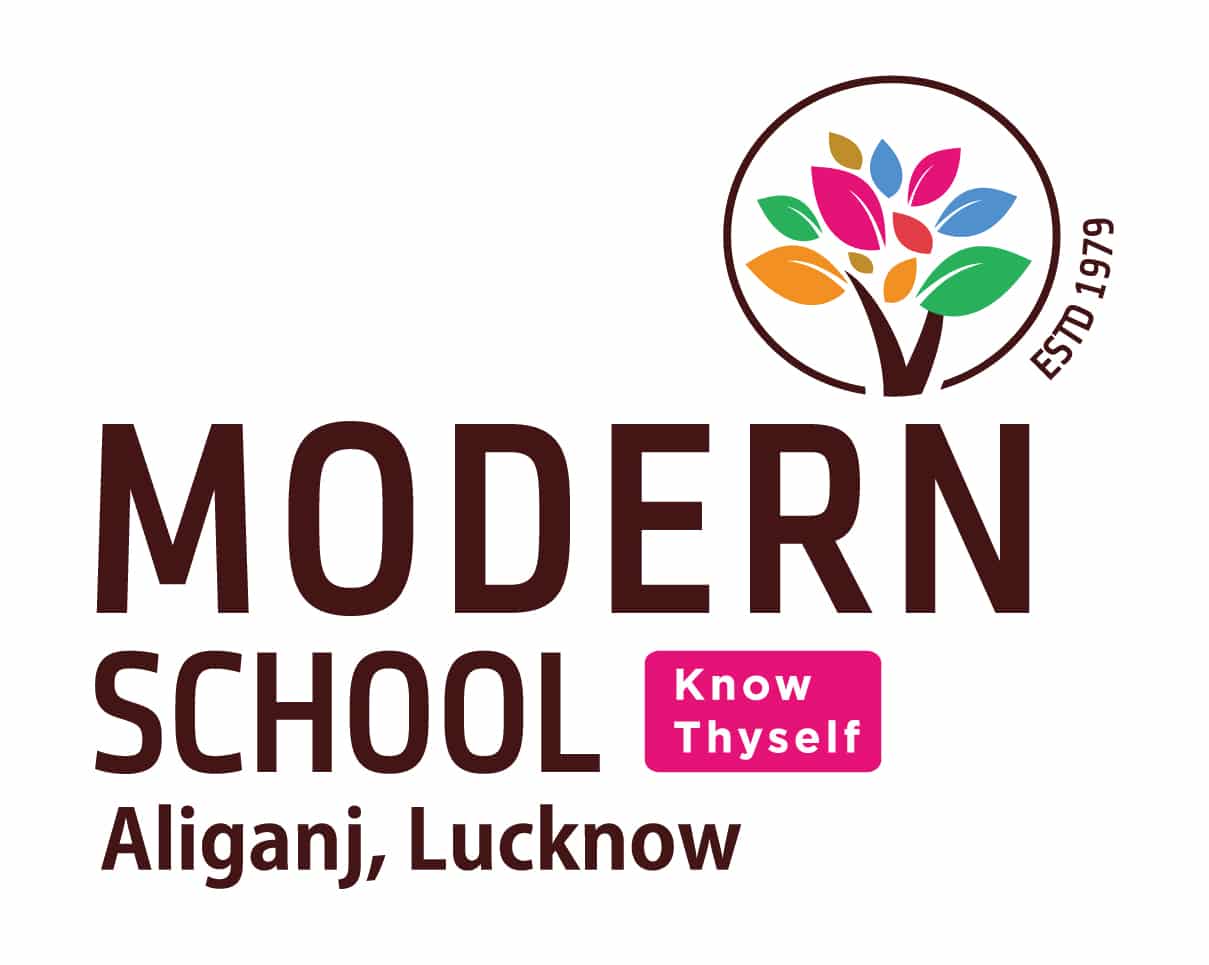Create Higher Order Thinking Skills in your child

Increase child's thinking using Bloom's Taxonomy
Higher order thinking skills is a concept that works on the different learning. It is a way to help students think and not just memorize and also improve their cognitive ability. These skills come to us in the form of Bloom’s Taxonomy, which gives us a hierarchy of levels that create higher order thinking skills.
These skills not only help a child learn but help them use the knowledge beyond the classroom. They can apply the information to solve a problem at home or at work and gain experience with their knowledge. With Bloom’s taxonomy, students will not only know the purpose of the information they are learning but be more motivated to learn as well.
You can think of Bloom’s Taxonomy as a pyramid, with simple knowledge-based recall questions at the base. Going further, you can ask your students more challenging questions to test their comprehension of a given topic.
Levels of Bloom's Taxonomy

There are six levels in the Bloom’s Taxonomy; here is a brief look at each of them and a few examples of the questions that you would ask for each component.
- Remember:Â It is basically the ability to remember previous learned material by recalling facts, terms, and basic answers. In this level students are asked questions to see if they have gained insight from the lesson. (What is… Where is… How would you describe?)
- Understand: During this level, students will be asked to interpret facts that they learned. It is the understanding of facts and ideas by organizing, comparing, interpreting information that a student has learned. (What is the main idea… How would you summarize?)
- Apply:Â This level is a way for the students to solve problems by applying their knowledge and techniques. Questions asked during this level are meant to have students apply or use the knowledge learned during the lesson. (How would you use… How would you solve it?)
- Analyze: In the analysis level, students break information into bits and pieces by identifying the cause or affect and finding evidences to support their claims. In this stage students will be required to go beyond knowledge and see if they can analyze a problem. (What is the theme… How would you classify?)
- Evaluate:Â During the evaluating level students make judgments on information and find the validity of the idea or work. Also students are expected to assess the information learned and come to a conclusion about it. (What your opinion is of…how would you evaluate… How would you select… What data was used?)
- Create: The top level of Bloom’s Taxonomy is called creating, where the students can combine information that they have collected to create a new pattern or new solutions. This is where students will use their learning to construct the new knowledge or concept. (How would you use…to develop…., Design a whole new….. How would you organize….)
The last 3 levels, analyzing, evaluating, and creating is very beneficial to the students because it helps them with critical thinking, and problem solving. This allows the student to take their knowledge and apply it to other things beyond the classroom and apply it to their lives.
Corresponding Verbs:-
- Remembering:Â arrange, define, duplicate, label, list, memorize, name, order, recognize, relate, recall, repeat, reproduce, state
- Understanding:Â classify, describe, discuss, explain, express, identify, indicate, locate, recognize, report, restate, review, select, translate
- Applying:Â apply, choose, demonstrate, dramatize, employ, illustrate, interpret, operate, practice, schedule, sketch, solve, use, write
- Analyzing:Â analyze, appraise, calculate, categorize, compare, contrast, criticize, differentiate, discriminate, distinguish, examine, experiment, question, test
- Evaluating:Â appraise, argue, assess, attach, choose, compare, defend estimate, judge, predict, rate, core, select, support, value, evaluate
- Creating:Â arrange, assemble, collect, compose, construct, create, design, develop, formulate, manage, organize, plan, prepare, propose, set up, write

